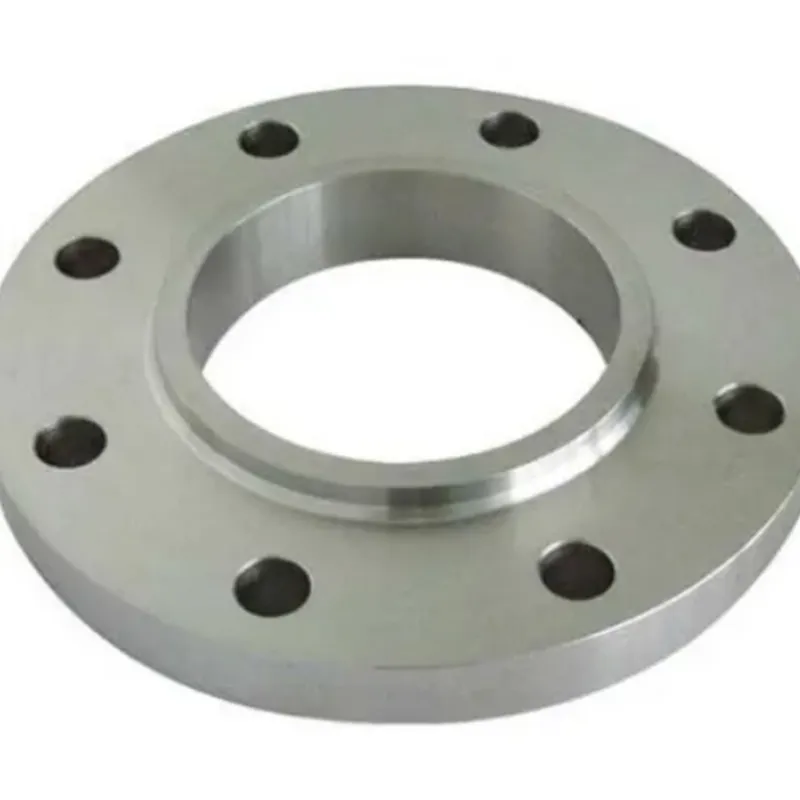-
Cangzhou Yulong Steel Co., Ltd.
-
Phone:
+86 13303177267 -
Email:
admin@ylsteelfittings.com
- English
- Arabic
- Italian
- Spanish
- Portuguese
- German
- kazakh
- Persian
- Greek
- French
- Russian
- Polish
- Thai
- Indonesian
- Vietnamese
- Zulu
- Korean
- Uzbek
- Hindi
- Serbian
- Malay
- Ukrainian
- Gujarati
- Haitian Creole
- hausa
- hawaiian
- Hebrew
- Miao
- Hungarian
- Icelandic
- igbo
- irish
- Japanese
- Javanese
- Kannada
- Khmer
- Rwandese
- Afrikaans
- Albanian
- Amharic
- Armenian
- Azerbaijani
- Basque
- Belarusian
- Bengali
- Bosnian
- Bulgarian
- Catalan
- Cebuano
- China
- China (Taiwan)
- Corsican
- Croatian
- Czech
- Danish
- Esperanto
- Estonian
- Finnish
- Frisian
- Galician
- Georgian
- Kurdish
- Kyrgyz
- Lao
- Latin
- Latvian
- Lithuanian
- Luxembourgish
- Macedonian
- Malgashi
- Malayalam
- Maltese
- Maori
- Marathi
- Mongolian
- Myanmar
- Nepali
- Norwegian
- Norwegian
- Occitan
- Pashto
- Dutch
- Punjabi
- Romanian
- Samoan
- Scottish Gaelic
- Sesotho
- Shona
- Sindhi
- Sinhala
- Slovak
- Slovenian
- Somali
- Sundanese
- Swahili
- Swedish
- Tagalog
- Tajik
- Tamil
- Tatar
- Telugu
- Turkish
- Turkmen
- Urdu
- Uighur
- Welsh
- Bantu
- Yiddish
- Yoruba

Jul . 28, 2024 13:44 Back to list
Exploring Various Dimensions and Specifications of Seamless Steel Tubes for Industrial Applications
Understanding Seamless Steel Tube Sizes A Comprehensive Guide
Seamless steel tubes, known for their strength and durability, are widely used in various industries, including construction, oil and gas, automotive, and manufacturing. The sizes of seamless steel tubes vary significantly, accommodating diverse applications and specifications. In this article, we will explore the importance of seamless steel tube sizes, common dimensions used, and guidelines for selecting the right tube for your project.
The Importance of Size in Seamless Steel Tubes
Choosing the correct size of seamless steel tube is crucial for ensuring the structural integrity and performance of a project. The size directly affects factors such as load-bearing capacity, pressure resistance, and compatibility with other materials. For example, in the oil and gas sector, the wrong tube size can lead to catastrophic failures during high-pressure conditions, posing safety risks to workers and the environment.
Seamless steel tubes are made by piercing solid steel rods, allowing for a uniform wall thickness and consistent strength throughout the tube. This manufacturing process lends itself to various sizes and thicknesses, making seamless tubes suitable for a broad range of applications.
Common Sizes of Seamless Steel Tubes
Seamless steel tubes are usually categorized based on two main parameters outer diameter (OD) and wall thickness. Some common standards for seamless steel tube sizes include
1. Nominal Pipe Size (NPS) This system denotes the size of the pipe without measuring its actual dimensions. For example, a pipe labeled as NPS 2 has an outer diameter of 2 inches, but the inner diameter varies depending on the wall thickness.
2. Outside Diameter (OD) and Wall Thickness This method provides a more precise measurement. For instance, a seamless tube with an OD of 3 inches and a wall thickness of 0.250 inches will have a specific inner diameter that can be calculated based on these measurements.
3. Schedule Numbers The schedule number indicates the wall thickness of the tube relative to its diameter. Higher schedule numbers correspond to thicker walls, which can enhance the tube's ability to withstand pressure.
seamless steel tube sizes

4. ASTM and ASME Standards Various standards dictate the acceptable dimensions for seamless steel tubes. The American Society for Testing and Materials (ASTM) and the American Society of Mechanical Engineers (ASME) set guidelines that ensure consistency in tube sizes and quality.
Selecting the Right Seamless Steel Tube Size
When selecting the appropriate seamless steel tube size for your project, consider the following factors
- Application Requirements Different applications demand specific tube sizes. High-pressure environments require thicker walls, while structural applications may prioritize lighter tubes for ease of handling and installation.
- Material Compatibility Ensure that the seamless tube's size and material align with other components in your project. Mismatched sizes can lead to installation challenges and potential failures.
- Industry Standards Familiarize yourself with the relevant industry standards and codes to ensure compliance. This can prevent costly mistakes and enhance the project's overall safety and reliability.
- Supplier Quality Always source seamless steel tubes from reputable suppliers who maintain strict quality control over manufacturing processes. This ensures that the pipes conform to specified sizes and standards.
Conclusion
In summary, understanding the sizes of seamless steel tubes is paramount for any project that employs these materials. Their unique properties and various sizing options make them ideal for a wide range of applications. By considering factors such as application requirements, material compatibility, industry standards, and supplier quality, you can make informed decisions when selecting seamless steel tubes. This knowledge not only enhances the safety and efficacy of your project but also contributes to the longevity and durability of the structures involved.
Latest news
-
ANSI 150P SS304 SO FLANGE
NewsFeb.14,2025
-
ASTM A333GR6 STEEL PIPE
NewsJan.20,2025
-
ANSI B16.5 WELDING NECK FLANGE
NewsJan.15,2026
-
ANSI B16.5 SLIP-ON FLANGE
NewsApr.19,2024
-
SABS 1123 FLANGE
NewsJan.15,2025
-
DIN86044 PLATE FLANGE
NewsApr.19,2024
-
DIN2527 BLIND FLANGE
NewsApr.12,2024
-
JIS B2311 Butt-Welding Fittings LR/SR 45°/90° /180°Seamless/Weld
NewsApr.23,2024











